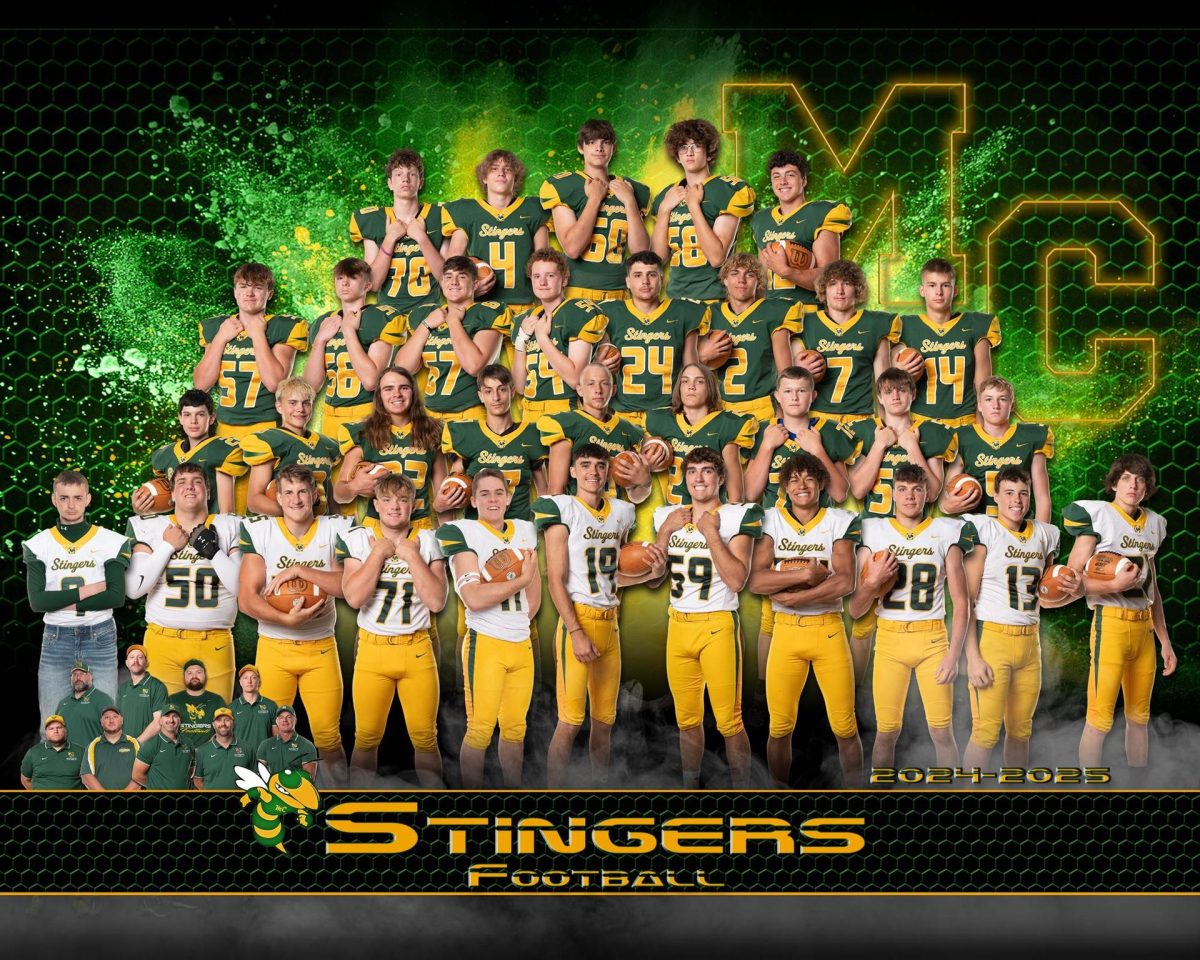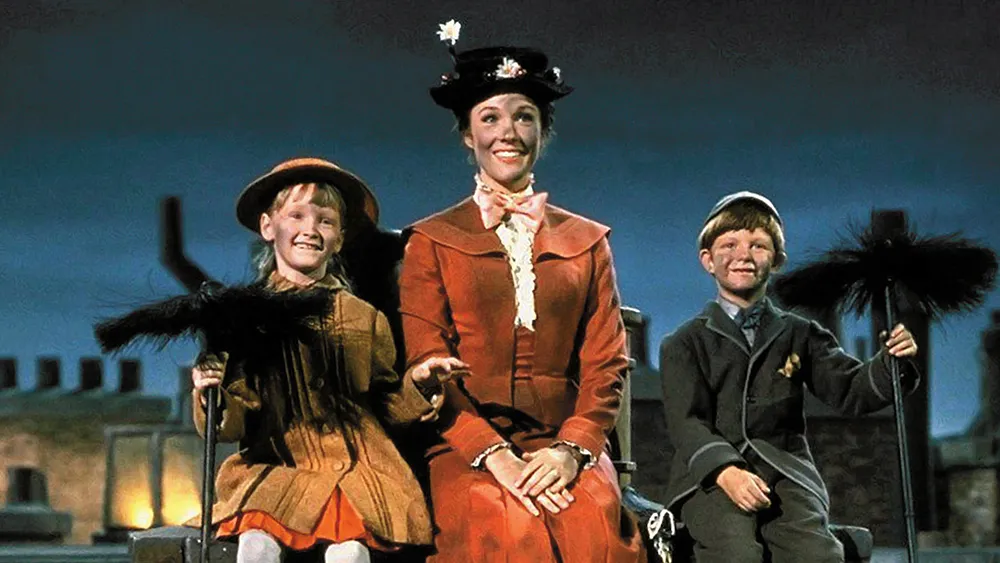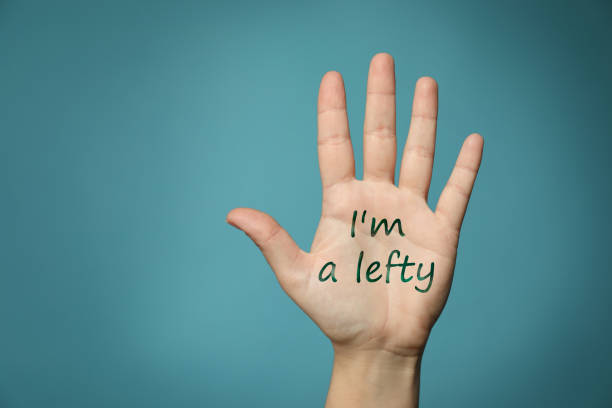Should Sports Be Coed?
Mackenzie Thomas, Sports and Feature Editor
March 22, 2023
High school sports have always been an integral part of American culture, with millions of teenagers participating in different athletic programs every year. While the majority of these sports programs are segregated by gender, some schools are now considering the option of coed teams. Here at Marion Center all of our sports teams are grouped that same way.
The idea of coed teams entails the participation of both boys and girls in the same sport under identical rules and regulations. So instead of boys basketball and girls basketball, there would also be a tea mwere both the males and females could play on the same team. Some proponents of coed teams argue that they promote gender equality, better social skills, and encourage teamwork. However, opponents argue that coed teams can result in cultural and ethical issues, such as aggression and the objectification of female athletes.
The pros and cons of coed sports must be weighed carefully to determine whether they are beneficial or detrimental to teenagers.
Pros of Coed Teams in High Schools
- Promoting gender equality.
The inclusion of girls in traditionally male sports is a significant step in the fight for gender equality. Coed sports provide an opportunity for girls to break gender norms and challenge the status quo. When boys and girls compete in the same sport, they learn to respect and appreciate each other for their athletic abilities, regardless of their gender.
- Developing social skills.
Coed sports teams have the potential to help teenagers develop better communication and social skills. When boys and girls come together to compete in a sport, they learn how to work as a team, cooperate, and support each other. These skills can be used in other aspects of their lives, including academics and careers.
- Encouraging teamwork.
Coed teams encourage students to work together and develop team spirit. It has been observed that coed teams have a more cohesive environment where every member is treated equally. With coed teams, students learn to appreciate each other’s strengths and weaknesses, resulting in a more effective team structure.
- Expanding opportunities.
For schools with limited resources, coed sports teams can be a cost-effective solution to build a robust and comprehensive athletic program. With coed teams, schools can offer more athletic opportunities to students, and every athlete has an equal opportunity to participate in a sport.
Cons of Coed Teams in High Schools
- Perpetuating gender stereotypes.
Some experts argue that coed teams can create gender stereotypes and subconsciously reinforce the idea that men are physically superior to women. When boys and girls are competing in the same sport, girls who perform poorly might be labeled as “weak” or “girly,” which can be detrimental to their self-esteem.
- Encouraging aggression.
Coed sports can lead to increased aggression among players, especially in contact sports such as football. Some critics argue that boys, who are generally more aggressive, might act inappropriately towards female athletes, leading to physical and psychological harm.
- Challenging cultural and ethical norms.
Coed sports can lead to mixed-gender locker rooms, which some parents and educators may find to be inappropriate. There are also issues related to the objectification of female athletes, including comments and gestures that can be perceived as sexual harassment.
- Skill disparities.
Boys generally have higher levels of testosterone than girls, which results in significant differences in physical strength, endurance, and speed. This can lead to skill disparities, with some male athletes dominating the sport and overshadowing female athletes.
Examples of Coed Sports Teams in America
Several high schools and colleges in America have introduced coed sports teams in recent years. The University of Colorado, Boulder, has had a coed intramural league since the 1970s, which has since grown to become the largest coed intramural program in the country. High schools in states such as California, New York, and Texas have also introduced coed sports programs.
However, it is important to note that coed sports teams are still in the minority and face significant challenges in implementing and maintaining them.
While the debate on coed sports teams continues, it is clear that there are both pros and cons to this concept. On the one hand, coed teams can promote gender equality and teamwork, while on the other, they can perpetuate gender stereotypes and result in aggressive behavior.
Ultimately, the decision on whether to introduce coed sports teams in high schools should be based on thorough research and open, honest conversations between educators and parents. What is needed is a delicate balance between equality, safety, and skill parity to ensure that all students, regardless of gender, feel empowered and supported within their athletic programs.
Works Cited
Gupta, A. (2018). Coed Sports: The Pros and Cons. Play For Change. Retrieved from https://www.playforchange.org.uk/coed-sports-the-pros-and-cons/
Harris, S. (2017). Coed Sports Teams Becoming More Prevalent in Schools. U.S. News & World Report. Retrieved from https://www.usnews.com/news/national-news/articles/2017-04-28/coed-sports-teams-becoming-more-prevalent-in-schools
Hedin, L., & Wright, D. (2015). Coed sports at high schools: Equity, safety, skill parity. The Packer. Retrieved from https://thepacker.com/article/coed-sports-high-schools-equity-safety-skill-parity























